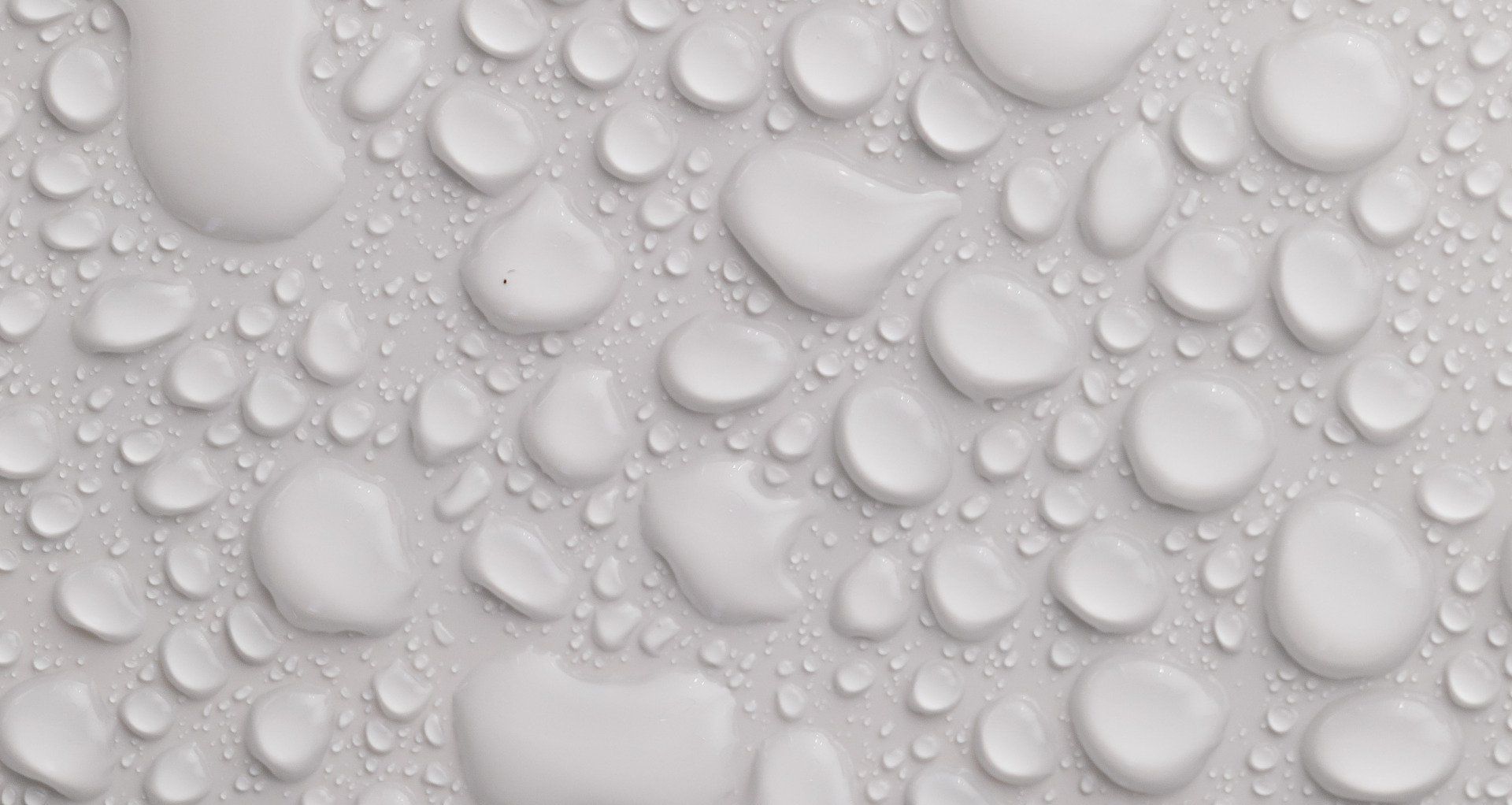Got A Leak
Navigating Water and Drain Leaks: Essential Steps for Homeowners

Water and drain leaks are common plumbing issues that can wreak havoc on your home if left unchecked. From minor drips to major pipe bursts, these leaks not only waste water but also pose risks of structural damage and mold growth. If you find yourself facing a water or drain leak, it's crucial to take immediate action to mitigate the damage and prevent further complications. Here are some essential steps to follow if you discover a leak in your home:
Identify the Source: The first step in addressing a water or drain leak is to locate its source. Check for visible signs of water damage, such as damp spots on walls or ceilings, pooling water, or unusual odors. Inspect plumbing fixtures, pipes, and appliances for any signs of leakage or corrosion.
Turn Off the Water Supply: If you identify the source of the leak and it involves a plumbing fixture or appliance, such as a faucet or washing machine, turn off the water supply to that specific fixture or appliance. This will help prevent further water damage while you assess the situation and make repairs.
Contain the Leak: Use towels, buckets, or containers to contain any standing water and prevent it from spreading to other areas of your home. If the leak is coming from a pipe or plumbing fixture, consider using temporary patches or sealants to stop the flow of water until professional help arrives.
Call a Professional Plumber (Us): While temporary fixes may provide temporary relief, it's essential to enlist the help of a professional plumber to properly diagnose and repair the leak. Experienced plumbers have the skills, tools, and expertise to identify the root cause of the leak and implement long-lasting solutions to prevent future recurrence.
Address Water Damage: Once the leak has been repaired, assess any water damage to your home and take appropriate steps to dry and clean affected areas. Use fans, dehumidifiers, and open windows to promote air circulation and expedite the drying process. Consider contacting a water damage restoration specialist for extensive damage or mold remediation.
Preventive Maintenance: Finally, take proactive measures to prevent future water and drain leaks by scheduling regular plumbing inspections and maintenance checks. Replace worn-out seals, hoses, and fittings, and address any signs of corrosion or deterioration promptly to avoid potential leaks.
By following these essential steps and seeking professional assistance when needed, you can effectively manage water and drain leaks in your home and minimize the associated risks and costs. Remember, prompt action is key to mitigating damage and ensuring the long-term integrity of your plumbing system.